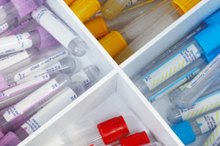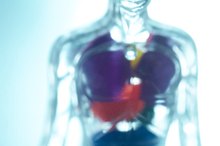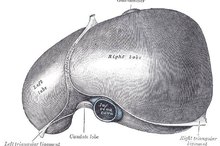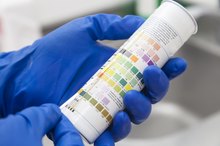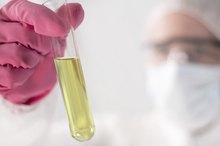Normal Creatinine Levels in Urine
Creatinine comes from your body's everyday use of your muscles -- and also from eating meat. As blood flows through the kidneys, creatinine is excreted out into your urine along with other waste products. Levels of creatinine in the urine taken over 24 hours, together with blood levels of creatinine, can be used to estimate the rate at which your kidneys do their filtering job.
If you are experiencing serious medical symptoms, seek emergency treatment immediately.
Measuring Urine Creatinine
Determining the level of creatinine in your urine can help your doctor determine whether or not your kidneys are functioning well. The level of creatinine present in the urine can be a good reflection of how well the kidneys are working when combined with other tests. The higher the rate of clearance of waste products like creatinine, the better your kidneys are functioning. Normal rates of filtering are between 90 and 139 milliliters per minute for adult males younger than 40 years, and between 80 and 125 milliliters per minute for adult females younger than 40 years.
- Determining the level of creatinine in your urine can help your doctor determine whether or not your kidneys are functioning well.
- The level of creatinine present in the urine can be a good reflection of how well the kidneys are working when combined with other tests.
Normal Levels
Citric Acid & Urine
Learn More
What is normal for you may be different than what is normal for someone else. People who eat a lot of red meat will have higher urinary creatinine levels than vegetarians. But for them, this higher level is still normal. Urine creatinine levels also reflect the amount of muscle mass you have 1. Amputees, for instance, have lower levels. On average, normal creatinine levels are lower in children than adults and lower in women compared to men. Normal urinary creatinine levels also decline with age.
- What is normal for you may be different than what is normal for someone else.
- On average, normal creatinine levels are lower in children than adults and lower in women compared to men.
Related Articles
References
- University of Rochester Medical Center: Creatinine (Urine)
- Environmental Health Perspectives: Urinary Creainine Concentrations in the U.S. Population: Implications for Urinary Biologic Monitoring Measurements
- Brenner and Rector's The Kidney, 9th Edition; Maarten W. Taal, MD, FCP(SA), FRCP, et al.
- National Kidney Foundation. Tests to Measure Kidney Function, Damage and Detect Abnormalities.
- National Kidney Foundation. Tests to Measure Kidney Function, Damage and Detect Abnormalities.
- Kildow BJ, Karas V, Howell E, et al. The Utility of Basic Metabolic Panel Tests After Total Joint Arthroplasty. J Arthroplasty. 2018;33(9):2752-2758. doi:10.1016/j.arth.2018.05.003
- National Institute of Diabetes and Digestive and Kidney Diseases. Glomerular Diseases. Updated April 2014.
- National Kidney Foundation. Acute Kidney Injury (AKI).
- National Kidney Foundation. 5 Drugs You May Need to Avoid or Adjust if You Have Kidney Disease.
- University of Rochester Medical Center. Creatinine (Blood).
- University of Rochester Medical Center. Creatinine Clearance.
Writer Bio
Dr. Terry L. Levin is professor of clinical radiology at a New York childrens hospital where she has been for 15 years. She received her MD from Cornell University Medical Center,completed her radiology residency at New York Hospital-Cornell Medical Center and her fellowship in pediatric radiology at Columbia Presbyterian Medical Center.


